According to a recent study, people think President Joe Biden has done a “poor” job managing the economy. Biden’s economical performance rated “poor” by most voters in a new poll. Despite making several great campaign pledges, he didn’t follow through on them. His major rating fell to the mid-30s or low 40s, and Biden continues to have trouble with polls.
Biden’s economical performance rated “poor” by most voters in a new poll
Biden’s economical performance rated “poor” by most voters in a new poll. Since August, the president’s approval rating has been below 50%. This is a red flag that the midterm elections on November 8 might result in the Democratic Party losing control of at least one chamber of the U.S. Congress.
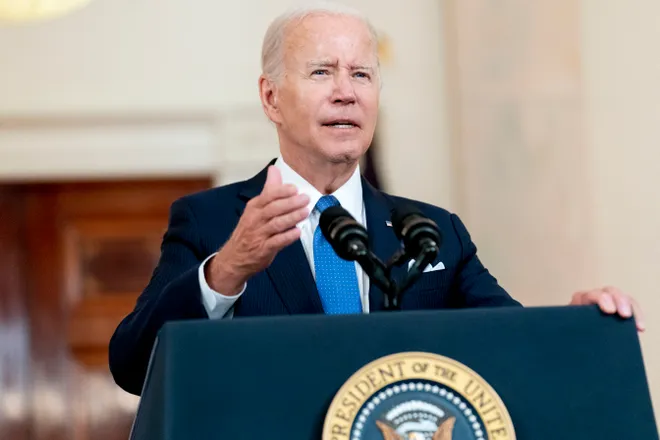
Donald Trump was way ahead of Joe Biden at his time in 2018 as his approval rating then was 41.8%. Donald Trump is still leaving no stone unturned with his constant public appearances and comments. Let us take a look at the time when Biden failed to impress the Americans. According to a recent national telephone and online survey by Rasmussen Reports, only 27% of likely U.S. voters think Biden has handled the economy extremely well or favorably.
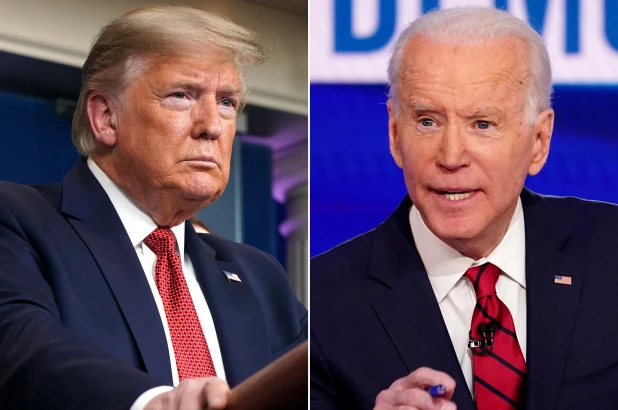
This is a decrease from December’s 32 percent. Biden’s handling of the economy now has an unfavorable rating from 57% of voters, up from 55% in December.
Top reasons why the Biden administration failed
The First 100 Days of Joe Biden’s presidency
There are many things that Biden may have gotten wrong in the beginning stages of a president’s life span, the first 100 days of his presidency.
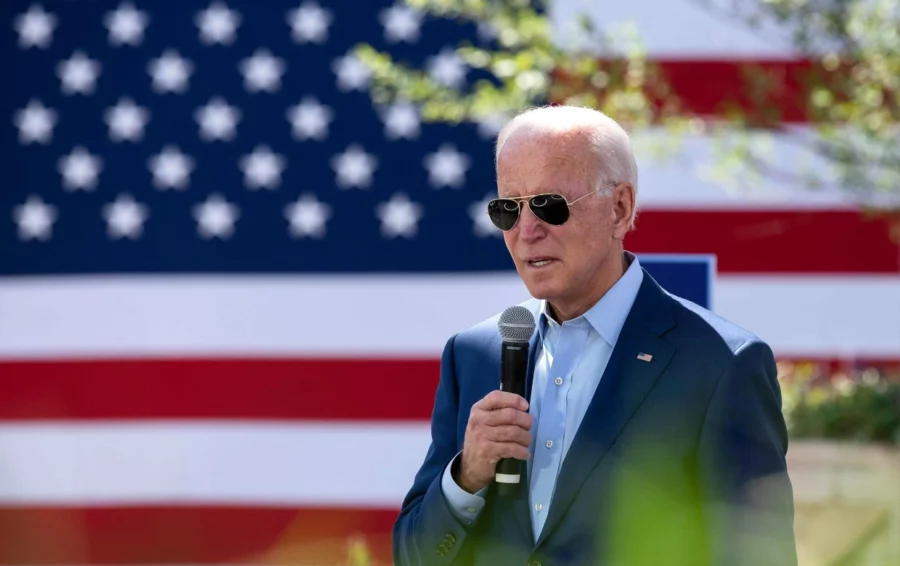
Biden issued 17 executive orders in his first two days in office, which is more than most prior presidents did in the first 100 days. By the end of his third day in office, he had issued orders that the United States would rejoin the Paris Climate Agreement, end the state of emergency at the border with Mexico, instruct the government to rejoin the World Health Organization, require face masks on federal property, take action against hunger in the country, and revoke permits for the Keystone XL pipeline.
Biden issued more executive orders in his first two weeks in office than any president since Franklin D. Roosevelt did in their first month. The Biden administration said on February 4, 2021, that it was ceasing to support the Saudi-led air operation in Yemen. Biden declared that “this war needs to stop” and that the fight had resulted in a “humanitarian and strategic catastrophe” on his first trip to the State Department as president.
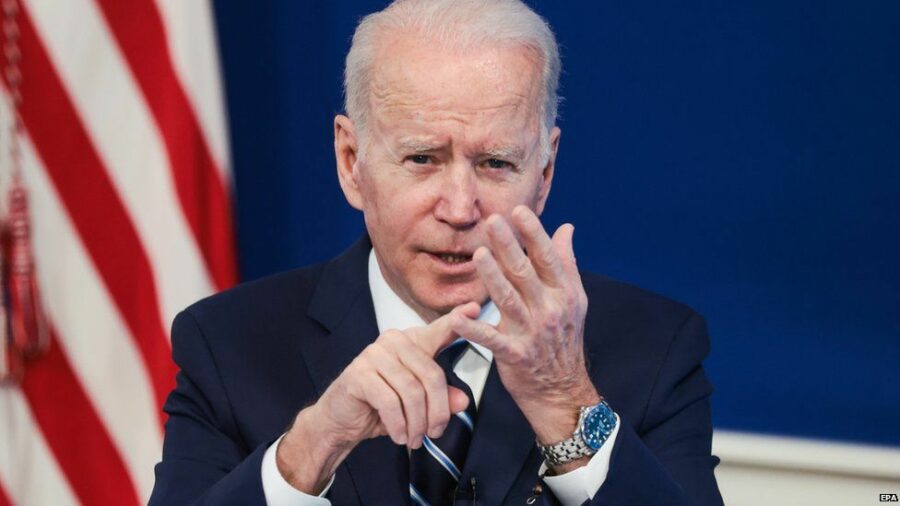
In response to rocket strikes on American soldiers, the Biden administration “targeted a facility in Syria operated by two Iranian-backed militia groups on February 25.” The military’s initial known action under Biden was this. Whether this was a beneficial action is still being debated and is one of the most pressing questions for Biden.
Let’s move on to Biden’s most disastrous economic policy, one that even Biden supporters cannot argue for.
Biden’s Biggest Economic failure
The American Rescue Plan Act of 2021, a $1.9 trillion economic stimulus relief package that Biden proposed and lobbied for with the goal of hastening the United States’ recovery from the negative economic and health effects of the COVID-19 pandemic and the ongoing recession, was signed into law on March 11, the first anniversary of the World Health Organization designating COVID-19 a global pandemic.

Direct payments to the majority of Americans were included in the package, along with an extension of higher unemployment benefits, money for vaccine distribution and school reopenings, assistance for small businesses, and state and local governments, and increases in the child tax credit and health insurance subsidies. Democrats decided against trying to overturn Senate parliamentarian Elizabeth MacDonough’s ruling that adding the increase to a budget reconciliation bill would be against Senate rules. As a result, the increase was dropped from Biden’s initial proposal, which had called for raising the federal minimum wage to $15 an hour.
Also Read: Rough Waters Ahead For President Biden
Also in March, as the number of migrants coming from Mexico to the United States increased, Biden urged them to stay away. He said that the United States was setting up a strategy to allow migrants to “request for asylum in place” without having to leave their current positions. Adult migrants “are being sent back” in the interim, according to Biden, who was referring to the ongoing Title 42 policy of swift deportations under the Trump administration.

The increase in unaccompanied migrant children arriving exceeded the capacity of the facilities intended to house them (before they were sent to sponsors), prompting the Biden administration to direct the Federal Emergency Management Agency to assist in managing these children in March. Biden had previously stated that his administration would not deport unaccompanied migrant children.
Afghanistan Fiasco
After almost 20 years, the United States direct military participation in Afghanistan came to an end when President Joe Biden stated on April 14 that the country would postpone the departure of all soldiers until September 11. The U.S. Trump administration had reached an agreement with the Taliban in February 2020 to evacuate all troops by May 1, 2021.
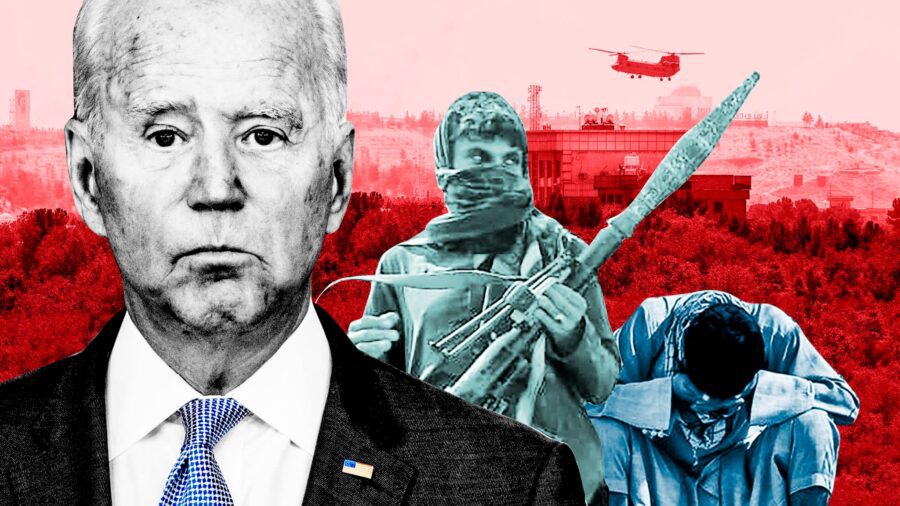
Responses to Biden’s decision ranged from support and relief to concern over the potential collapse of the Afghan government in the absence of American assistance. At an international climate meeting that Biden hosted on April 22 and 23, he said that the United States will reduce its greenhouse gas emissions by 50 to 52 percent from 2005 levels by 2030. Other nations raised their promises as well. If the summit’s commitments are kept, the world’s greenhouse gas emissions will be reduced by 2.6–3.7 GtCO2e by 2030. On April 28, the eve of his 100th day in office, Biden gave his first speech to a joint session of Congress. Among other things, he discussed the troop withdrawal from Afghanistan and emphasized the efficacy of COVID-19 vaccinations.
Also Read:





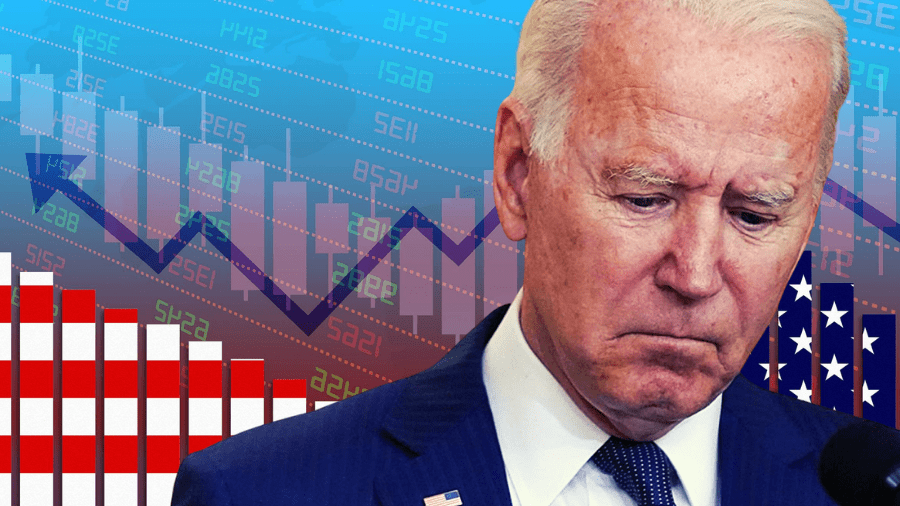

Add Comment